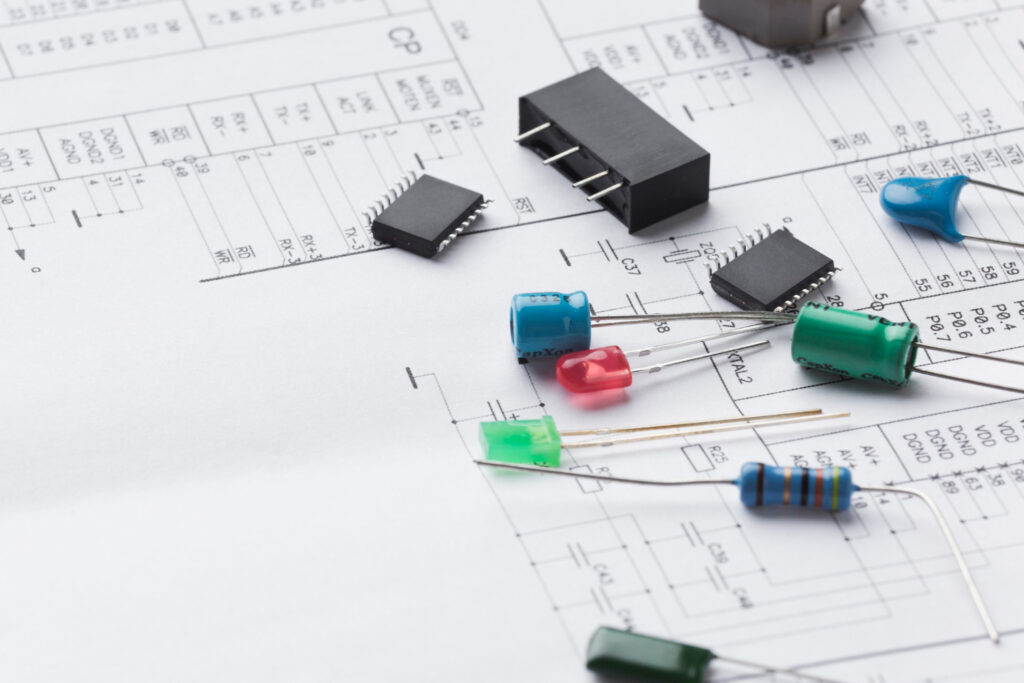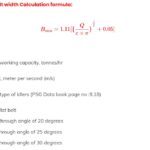What is a sensor?
What is the definition of “sensors”?
There are different definitions for what is sensor? But we have
The sensor is a device that provides a usable output signal in response to some physical inputs. Inputs could be pressure, moisture, motion, temperature, light, displacement, etc.
A sensor is a device that can detect natural or forced physical action and convert it into a readable signal that can be interpreted by humans or machines.
What is the importance of sensors in industrial automation?
Today, we are living in a sensory world. We can find different types of sensors in our house, office, car, mobile devices, etc. Basically, sensors are used to automate our system, as they take the output of any process and give feedback to the control system. So that system always keeps monitoring.
Even the human body has sensors such as the tongue sense taste, the nose senses smell, eyes sense light and ear sense audio. They send a signal to the brain (the control system), and the body reacts. So, that sensor plays a very important role in any system to get the desired outcome without any trouble. The system could be mechanical, electrical, medical, or hybrid.
Different types of sensors and their applications.
The classification of the sensor is based on the type of output signal from the sensor, the type of mechanism, the parameters measured by it, and many other factors. On the basis of the output signal, they are classified into analog and digital output sensors. Nowadays, digital output sensors are more popular than analog outputs.
Also, they are classified into active and passive sensors. The active sensor requires a continuous power signal to get the desired output signal from the physical parameters. Examples are temperature sensors, GPS, temperature and humidity sensors. Sensors do not require a continuous external power supply. They require external power only to respond to signals. Examples are strain gauges, thermistors, metal detectors, etc.
Below is a list of different types of sensors used in various applications. They are used to measure any one of the physical properties like humidity, temperature, heat transfer, pressure, etc.
- Temperature Sensor
- Proximity Sensor
- IR Sensor (Infrared)
- Pressure Sensor
- Accelerometer
- Light Sensor
- Color Sensor
- Ultrasonic Sensor
- Smoke Sensor
- Touch Sensor
- Humidity Sensor
- position Sensor
- Magnetic Sensor
- Tilt Sensor
- Flow and level sensor
- Level Sensor
- Strain and Weight Sensor
Temperature Sensor
Temperature sensors are used to measure the changes in the temperature of the system. They measure the temperature with or without coming into contact with your physical body. Some of the types of temperature sensors are thermocouples, thermistors, resistance temperature detectors (RTD), etc. They can be digital or analog types of sensors.
Application: Computers, mobiles phones, air conditioning, boilers, aeroplanes.
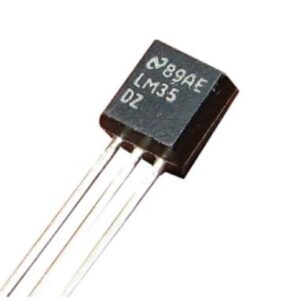
Proximity Sensor
The proximity sensors are sensors that detect movement or the presence of an object without making direct physical contact with it, and that information is sent to the control system. Due to their non-contact nature, they do not cause any damage to an object. Devices such as the limit switch can detects object by making direct contact with physical objects. They are most famous in the category of non-contact types of sensors.
Further proximity sensors have two main types:
- Inductive proximity sensor: The main application is to detect metallic objects, but other applications include detecting the position of mechanical moving parts, gear tooth detection in motion monitoring, and more.
- Capacitive proximity sensor: can detect metallic objects or non-metallic objects such as paper, plastic liquids, and more.
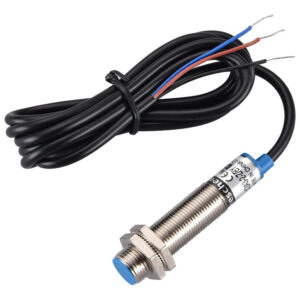
Infrared sensors (IR sensors)
An infra-red sensor can be works as a proximity sensor to detect an object. It measures and detects infrared radiation in its surrounding environment. They have one receiver and one transmitter. Transmitters transmit rays from the sensor towards the object, and the receiver uses reflected rays from the object to convert the output signal. An IR sensor can detect motion as well as the heat of the object. A day-to-day example of the Infrared sensor is the TV remote.
Applications:
Night vision devices, radiation thermometers, gas detectors, rail safety, water analysis, and more.
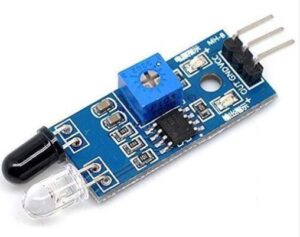
Pressure Sensor
A pressure sensor is an electromechanical device that measures the mechanical pressure of liquids or gases and converts it into an electrical output signal. There are a variety of technologies that are used in pressure sensors to provide accurate results, like strain gauge-based pressure sensors, capacitive pressure sensors, electromagnetic sensors and piezo resistive pressure sensors. The pressure sensor indirectly measures flow, water level, speed, altitude, and more.
Applications:
Liquid level metres, dialysis machines, air pumps and compressors, flow control devices
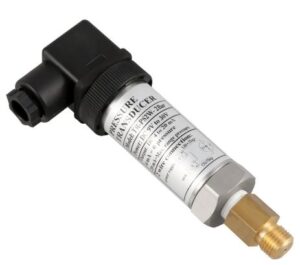
You may like to read:
Mechanical design engineer question and answers.
